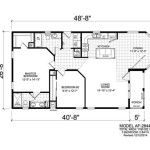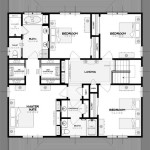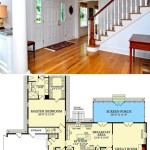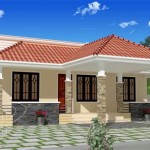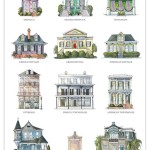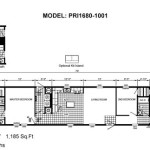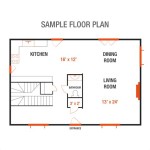Arts and Crafts Style House Plans: A Timeless Architectural Legacy
The Arts and Crafts movement, originating in the late 19th century, left an enduring mark on architecture, emphasizing handcrafted details, natural materials, and a harmonious blend with the surrounding environment. Arts and Crafts style house plans embody this aesthetic, offering a timeless and charming design solution.
Origins and Influences
The Arts and Crafts movement emerged as a reaction against the excesses and artificiality of Victorian architecture. Inspired by the writings of John Ruskin and William Morris, it sought to reintroduce traditional craftsmanship and simplicity into design. The movement drew inspiration from medieval English architecture, Japanese aesthetics, and the rustic cottages of the American Arts and Crafts colonies.
Characteristics of Arts and Crafts Style House Plans
- Low-pitched roofs with wide overhangs and exposed rafters
- Natural materials such as wood, stone, and brick
- Casement windows with small panes and leaded glass
- Large porches and terraces, often supported by wooden columns
- Built-in cabinetry and other decorative details inspired by nature
Integration with Nature
Arts and Crafts style houses are designed to blend seamlessly with their surroundings. The use of natural materials, such as wood and stone, creates a connection to the landscape. Large windows and porches invite the outdoors in, providing ample natural light and ventilation.
Flowing Interior Spaces
Arts and Crafts interiors are typically characterized by open floor plans and a focus on functionality. The rooms flow together effortlessly, creating a sense of spaciousness and connection. Built-in cabinetry and other architectural details provide storage and add a touch of elegance.
Craftsmanship and Detail
One of the defining features of Arts and Crafts style houses is their meticulous craftsmanship. From the carved woodwork to the stained glass windows, every element is carefully designed and executed. Attention to detail is evident in the intricate joinery, the use of natural finishes, and the incorporation of decorative elements inspired by nature.
Modern Interpretations
While Arts and Crafts style house plans remain true to their historical roots, modern interpretations have emerged that blend traditional elements with contemporary design. For example, some architects incorporate energy-efficient features, such as passive solar heating and energy-star appliances, into their designs.
Conclusion
Arts and Crafts style house plans continue to inspire and captivate homeowners with their timeless beauty and enduring charm. By embracing natural materials, handcrafted details, and a harmonious connection to the environment, these homes create a sense of comfort, authenticity, and enduring style.

Bungalow Floor Plans Style Homes Arts And Crafts Bungalows Craftsman House

Traditional Style With 3 Bed 2 Bath Car Garage House Plans Dream Craftsman

Craftsman Style Home Plans

1922 Craftsman Style Bunglow House Plan No L 114 E W Stillwell Co Bungalow Floor Plans

Craftsman House Plans Style Floor

Craftsman Style House Plan 4 Beds 5 Baths 3878 Sq Ft 927 Houseplans Com

Small Craftsman Cottage Plan 94371 At Family Home Plans In Our Best Ing Floor Collection Style House

1908 Eclectic House Plan With Arts Crafts Detail Western Home Builder Design No 1 V W Voo Craftsman Style Plans Floor Cottage
:max_bytes(150000):strip_icc()/SL-1870_FCP-17f67fde84454f06aac8ab0f8056c01b.jpg?strip=all)
20 Craftsman Style House Plans We Can T Get Enough Of

3 Bedroom Craftsman House Plan With Bonus Room 1816 Sq Ft

